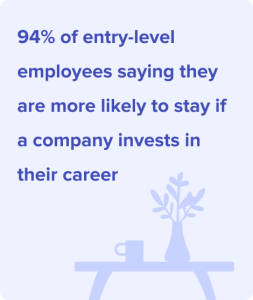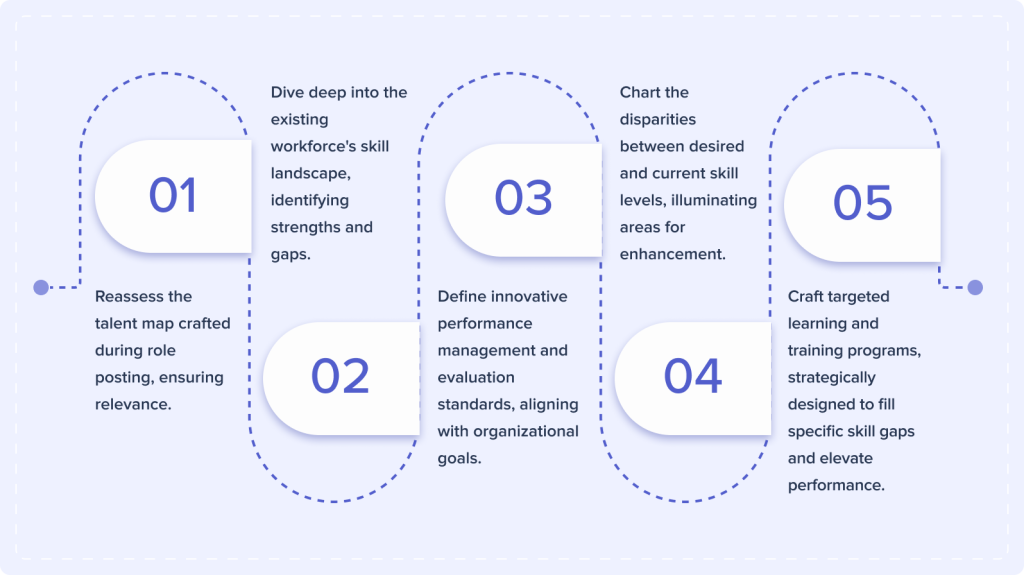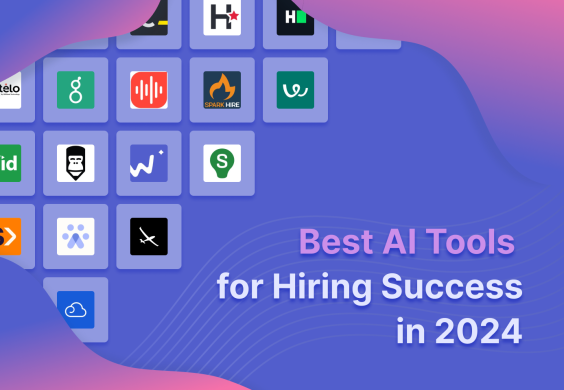The shift from a job-centric to a talent-centric approach in organizational structures is indeed a noteworthy trend in the business world. This transition reflects a recognition of the limitations of traditional methods that focus solely on standardized jobs and qualifications.
In a talent-centric model, organizations prioritize assessing and hiring candidates based on their specific talents, competencies, and capabilities rather than just their educational backgrounds and work experience. This approach acknowledges that a candidate’s potential contributions extend beyond the specific tasks listed in a job description.
Key Aspects of a Talent-Centric Approach
- Proactive Talent Acquisition. Organizations actively seek out top talent and focus on building a sustainable talent pipeline. This approach involves continuous talent scouting and engagement rather than reactive hiring to fill specific job vacancies.
- Holistic Evaluation. Instead of relying solely on educational qualifications and work experience, talent-led hiring considers both hard and soft skills. This comprehensive evaluation helps gauge a candidate’s ability to contribute to the organization’s goals and fit into its unique company culture.
- Diversity and Inclusion. Talent-centric models often promote diversity and inclusion by recognizing and valuing a diverse range of skills and perspectives. This can lead to a more dynamic and innovative workforce.
- Employee Experience. The emphasis on talent extends beyond recruitment. Organizations strive to provide an enhanced yet equitable employee experience by nurturing and developing the talents of their existing workforce. This can contribute to increased employee satisfaction and retention.
- Agility and Innovation. A talent-centric approach fosters organizational agility and innovation. By focusing on individuals’ unique strengths and abilities, companies can adapt more readily to change and encourage a culture of creativity.
Overall, the shift towards talent-led hiring signifies a move towards more flexible, adaptive, and people-centric organizational structures. It aligns with the evolving nature of work and the understanding that an individual’s potential goes beyond the confines of a traditional job description.
Why Degrees Alone Are No Longer Reliable in Hiring
Traditional screening processes often rely on keyword searches, emphasizing educational qualifications over skills. This method risks misfit candidates, as degrees may not reflect true potential. Resumes can be unreliable, with candidates exaggerating capabilities. Qualification-based screening is, therefore, a dubious measure of future success.
Shifting from degrees to skill assessments, this approach uses tests to evaluate both technical and soft skills, providing a fair measure of a candidate’s ability to excel. Data-driven and precise, this strategy aligns role requirements with individual skills, ensuring a better fit. Say goodbye to biased hiring and hello to a more equitable and efficient recruitment process
Beyond Degrees: Empowering Organizations with Talent-Centric Strategies

In a transformative era, prioritizing skills and talent over degrees levels the professional playing field. The impact of talent-based hiring extends far beyond assembling diverse candidate pools. To fully harness this approach, organizations must cultivate a culture of perpetual learning, especially for non-traditional employee segments.
1. Unlocking Potential through Continuous Learning
Ditching traditional norms, organizations embracing talent-based hiring are recognizing the need for ongoing learning initiatives. This shift is not just about hiring; it’s about creating an environment where employees continually enhance their skills, fostering a culture of adaptability and growth.
2. Reskilling and Upskilling as Strategic Investments
The return on investment from reskilling and upskilling initiatives transcends mere employee satisfaction. These endeavors become instrumental in constructing a robust internal talent pipeline for succession planning. Moreover, they contribute to the development of a dynamic and diverse talent mobility pool, ensuring adaptability in a rapidly evolving professional landscape.
3. Strategic Talent Mobility and Succession Planning
Talent-centric strategies position organizations strategically. By investing in reskilling and upskilling, companies not only enhance employee satisfaction but also lay the groundwork for a sustainable future. The emphasis on continuous learning aligns with the ever-changing demands of the workforce, fostering a culture where individuals are not just hired but continually empowered to thrive.

Summing up
From talent-centric hiring to continuous learning initiatives, organizations are embracing a transformative approach to talent management. By prioritizing skills over degrees and investing in employee development, they’re creating agile, and resilient workforces ready to thrive in an ever-evolving professional landscape. To check out the Wandify platform to find up-to-date information about the skills and competencies of candidates.


